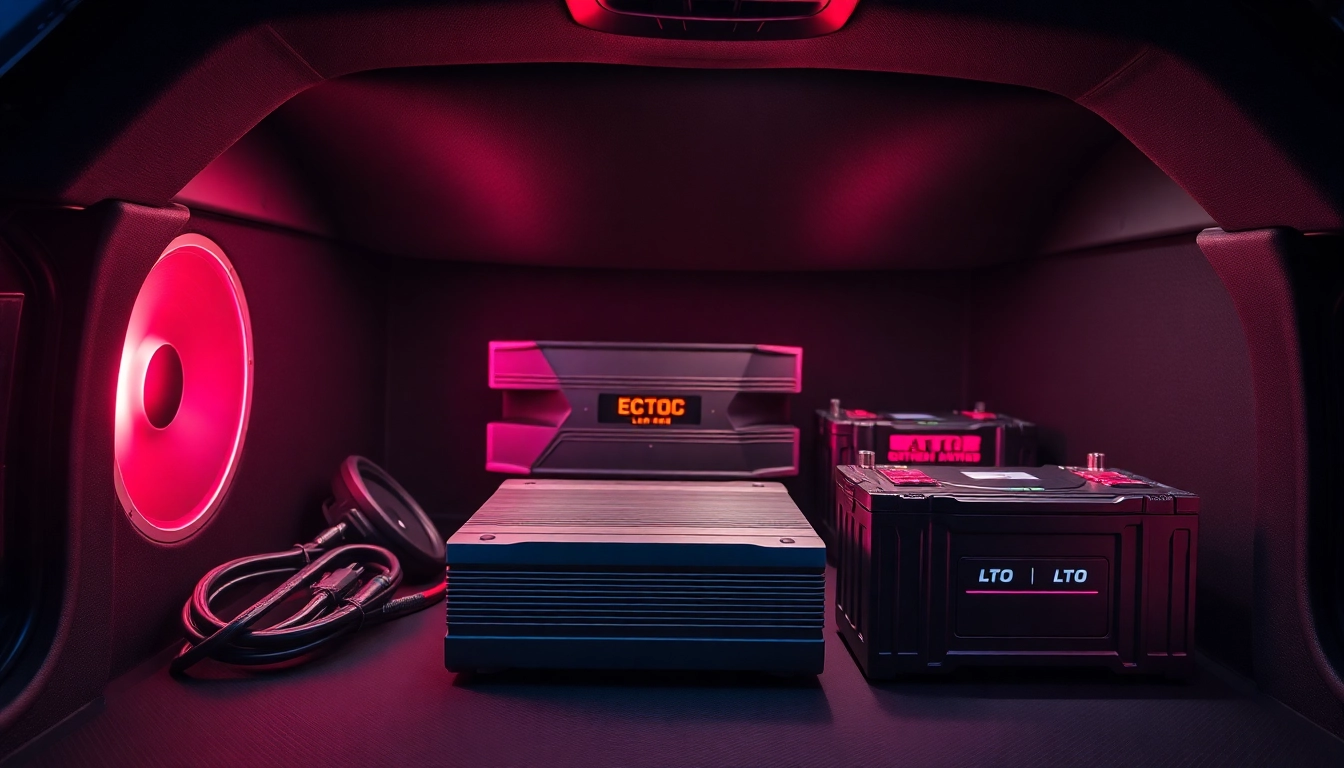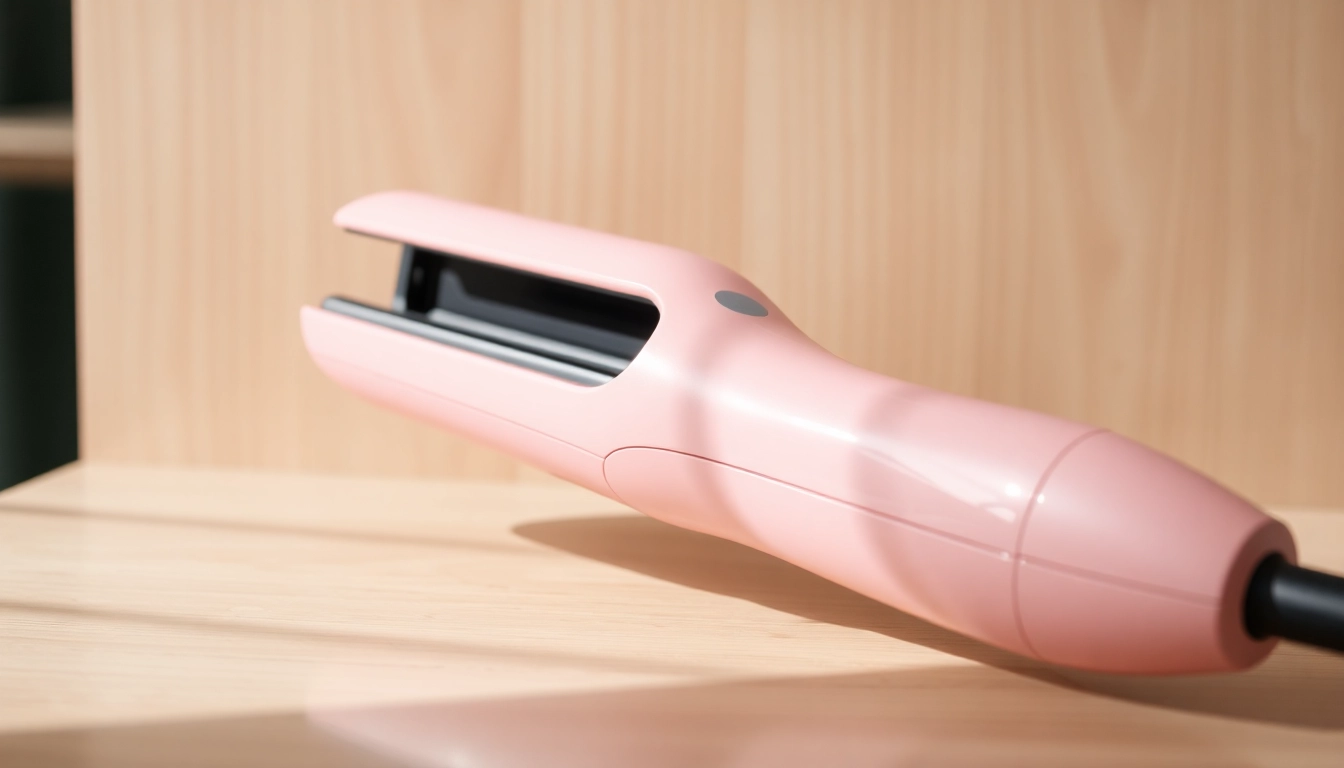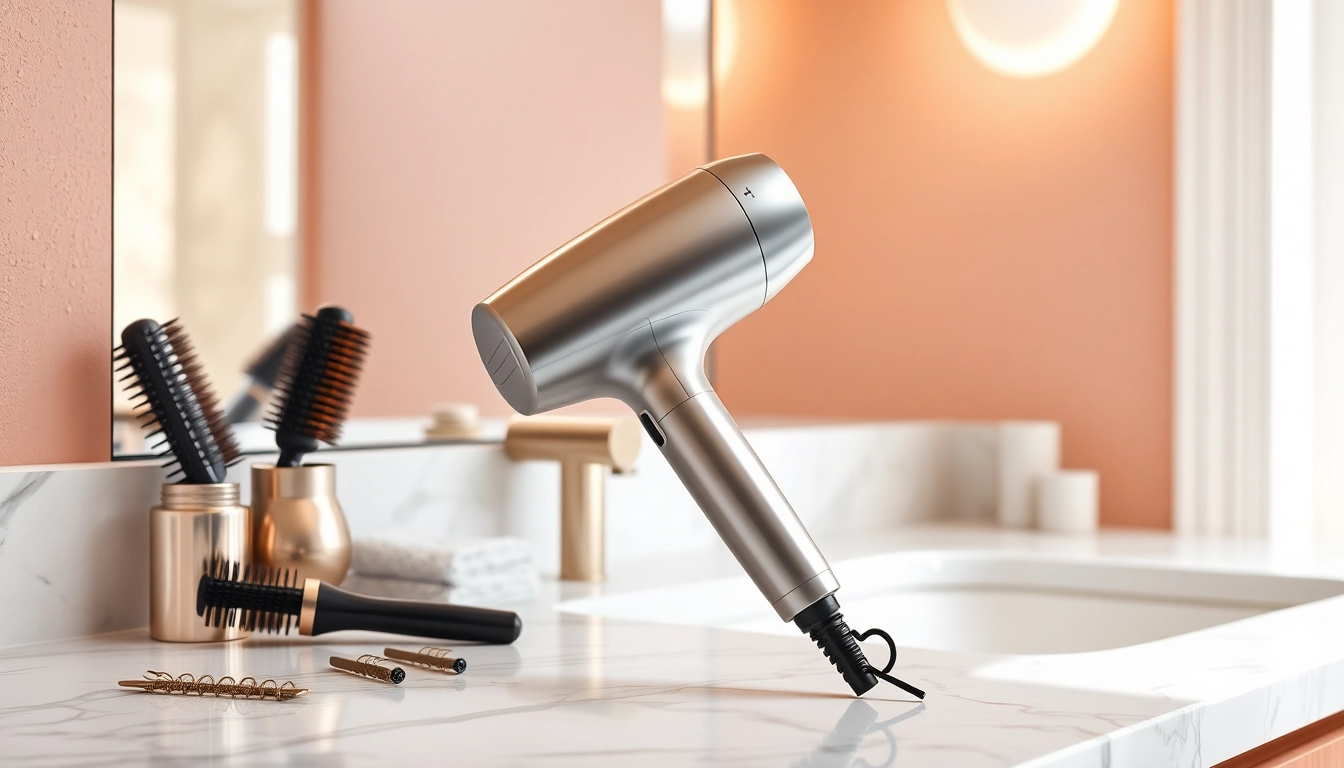Understanding Car Amplifiers
What is a Car Amplifier?
A car amplifier, often simply referred to as an amp, is a critical component in car audio systems that enhances the audio signal from a source like a head unit or smartphone, allowing speakers to produce sound at higher volumes without distortion. It effectively takes a weak audio signal and boosts it, enabling the speakers to deliver clearer, more powerful sound. In the context of modern car audio setups, a quality car amplifier is often paired with high-performance batteries, such as LTO lithium batteries, to ensure robust power supply and uninterrupted sound quality.
Types of Car Amplifiers
There are primarily three types of car amplifiers, each designed for specific audio system configurations and requirements:
- Mono Amplifiers: Designed to power a single speaker or subwoofer, mono amplifiers are ideal for deep bass reproduction. They are known for handling higher current outputs, making them perfect for powerful subwoofer setups.
- Multi-Channel Amplifiers: These amps can support multiple speakers, typically providing either a 2, 4, or 5-channel configuration. They are versatile and suitable for full range audio setups, allowing an entire system to be driven from one unit.
- Class D Amplifiers: Highly efficient and compact, Class D amplifiers are commonly used in modern car audio systems. They convert a greater proportion of the power drawn into usable sound output, producing less heat and enabling more compact installation.
Choosing the Right Amplifier for Your System
When selecting an amplifier for your car audio system, several factors should be considered:
- Power Output: The power output, often measured in watts, should match the requirements of your speakers. Consider both RMS (Root Mean Square) ratings for continuous power and peak power outputs.
- Speaker Compatibility: Ensure the amplifier’s impedance matches that of your speakers to avoid damage and maintain sound quality.
- Features and Adjustments: Look for features like gain control, crossover settings, and built-in EQ options that can fine-tune the audio experience.
- Size and Installation: Consider the physical dimensions of the amplifier for installation, and whether it suits your vehicle’s aesthetics.
- Integration with Battery Technology: As you select an amplifier, explore how well it integrates with LTO lithium batteries to boost performance and stability in power delivery.
The Advantages of LTO Lithium Battery Technology
Why LTO is Superior to Traditional Batteries
LTO (Lithium Titanate Oxide) technology has gained traction as a superior alternative to traditional lead-acid batteries and even newer AGM (Absorbed Glass Mat) variants. Key advantages of LTO batteries include:
- Rapid Charging: LTO batteries can be charged much faster than traditional batteries, offering a charge time of approximately 10 minutes to reach 80% capacity. This is crucial for users who rely on their vehicle audio systems for consistent performance.
- Long Cycle Life: With a remarkable cycle life of over 20,000 charge cycles, LTO batteries greatly outperform lead-acid batteries, which typically last around 500.
- Temperature Stability: LTO batteries operate efficiently across a wide temperature range, making them ideal for varying climates and demanding audio conditions.
- Safety Features: The chemical structure of LTO greatly reduces the risks of thermal runaway, ensuring a safer operational profile compared to traditional lithium-ion batteries.
Key Benefits for Car Audio Systems
Integrating LTO lithium batteries into car audio setups translates to numerous benefits:
- Consistent Power Supply: LTO batteries maintain stable voltage even under heavy load, ensuring that amplifiers and speakers receive the power they need without distortion.
- Reduced Weight: Compared to bulky lead-acid batteries, LTO batteries are significantly lighter, promoting better fuel efficiency and easier installation.
- Increased Output Quality: With LTO batteries, users experience clean, high-quality sound with minimal background noise, enhancing the overall listening experience.
Performance Metrics of LTO Batteries
Performance metrics make a significant case for the adoption of LTO batteries in high-entertainment or competitive scenarios:
- Discharge Rates: LTO batteries provide impressive discharge rates (up to 80C in some models), enabling the quick delivery of large amounts of power during peak usage times.
- Voltage Stability: These batteries maintain their voltage levels more effectively than traditional batteries, reducing voltage sag and allowing gear to operate optimally.
- Efficiency and Durability: The charge efficiency rates of LTO batteries often exceed 90%, helping to minimize energy loss during operation and ensuring longevity even in demanding applications.
Integrating LTO Batteries with Car Amplifiers
Installation Tips for Maximum Efficiency
Integrating LTO batteries with car amplifiers requires careful planning and installation for optimal results. Here are some best practices:
- Secure Connections: Ensure all wiring connections are solid and free from corrosion to prevent power loss and maintain system integrity.
- Proper Placement: Install batteries in a stable, insulated environment, avoiding areas exposed to extreme heat or moisture.
- Use Adequate Fusing: Incorporate appropriate fuses or circuit breakers according to the manufacturer’s recommendations to prevent electrical overloads or shorts.
- Monitor Voltage Levels: Use a voltage meter to keep track of battery status and health during heavy use, ensuring safety and reliability.
Common Compatibility Considerations
When combining an LTO battery with a car amplifier, several compatibility issues may arise:
- Input Voltage Matching: Check that the amplifier’s voltage range matches the output from the LTO battery to prevent operational failures.
- Speaker Compatibility: Ensure that speakers are rated appropriately for the amplifier’s output to avoid damage and distortion.
- Cable Ratings: Use speaker and power cables that can handle the increased current output of an LTO battery to avoid overheating.
Ensuring Optimal Power Supply for High Performance
To leverage the full potential of LTO batteries in your audio system:
- Run an auxiliary battery if necessary for larger systems if the main power source cannot handle the load.
- Consider utilizing a power distribution block to split power safely and effectively to multiple amplifiers.
- Assess the need for a capacitor for very high-demand systems to bridge between the battery and amplifier during intense sound peaks.
Case Studies: Customer Success Stories
Transforming Sound With LTO Lithium Batteries
One notable transformation involved a car audio enthusiast who integrated an LTO 20AH SCiB LTO Lithium Battery into his SPL competition build. Initially experiencing voltage drop issues with a lead-acid battery, he reported a remarkable enhancement in sound quality and power. The installation of the LTO battery significantly improved the clarity of bass and reduced distortion across all volume levels, allowing for competitive advantages during events.
Testimonials from Satisfied Customers
Feedback from customers has echoed the efficiency and reliability of Evolution Lithium products:
“Upgrading to the LTO system completely changed my audio experience. I can finally enjoy music without worrying about battery sag!”
“The installation was seamless, and the difference in sound quality is incredible. These batteries are a game changer.”
Before-and-After Analyses of Sound Systems
Before installing LTO batteries, many customers report difficulties with audio output quality, experiencing constant distortion at high levels. After integrating LTO systems, users notice clean, clear output with a more balanced sound profile. In many cases, measurable gains in SPL (Sound Pressure Level) were achieved, proving the effectiveness of marrying quality amplifiers with advanced battery solutions.
Maintaining Your Car Audio System
Regular Maintenance for Amplifiers and Batteries
To ensure longevity and performance, regular maintenance is key:
- Routine Inspections: Check connections, wiring, and battery health periodically to ensure everything operates efficiently.
- Clean Components: Dust and debris can impede performance; clean your amplifier and battery terminals regularly.
- Update Software/Settings: If your amplifier allows for firmware updates, keep the software current to incorporate any improvements or fixes.
Signs of Wear and How to Address Them
Recognizing early signs of wear can prevent larger issues:
- Sound Distortion: Any unexpected distortion may indicate issues with power delivery, often resolving by checking battery health.
- Overheating Amplifiers: If amplifiers run excessively hot, ensure that they are adequately powered and ventilated.
- Decreasing Volume: If your sound output diminishes suddenly, investigate potential short circuits or battery failure.
Extending the Life of Your Car Audio System
To extend the lifespan of both amplifiers and batteries:
- Invest in Quality Components: Quality products lead to a more reliable setup overall.
- Limit Heavy Usage: While LTO batteries are robust, excessive peak usage should be monitored to avoid potential damage.
- Stereo Management: Utilizing settings in the head unit that limit the maximum output can help prevent strain on the battery and amplifier.



